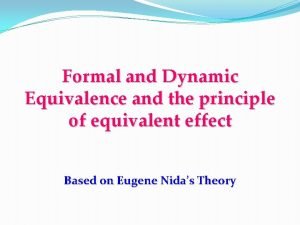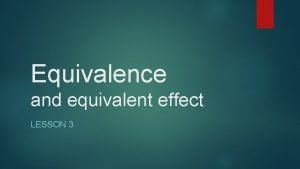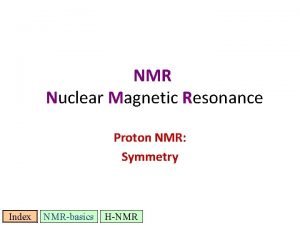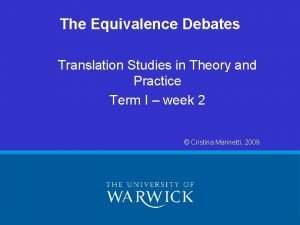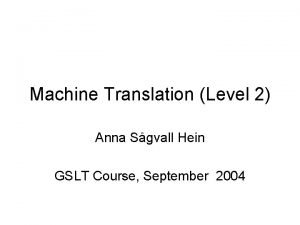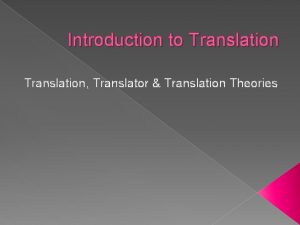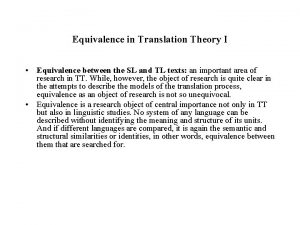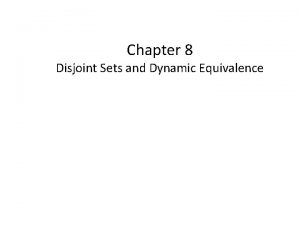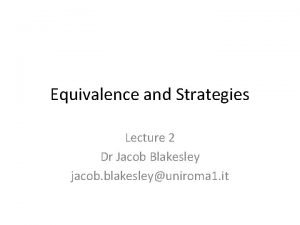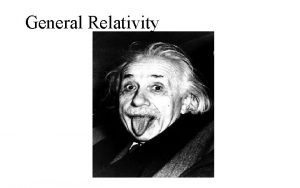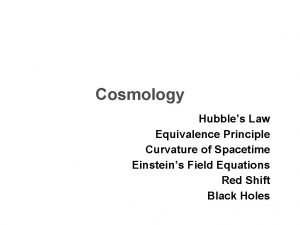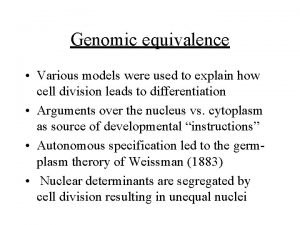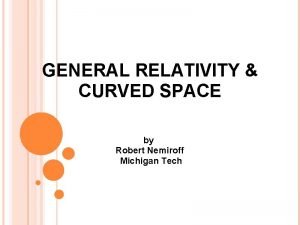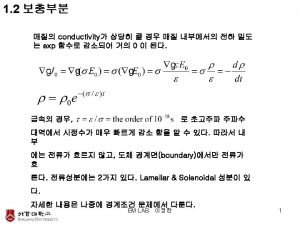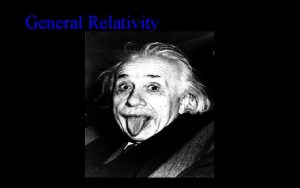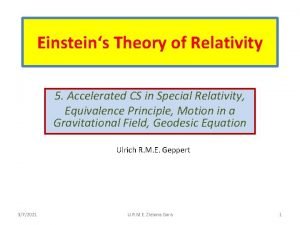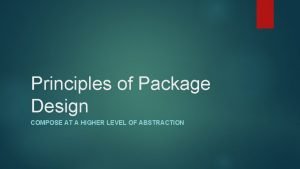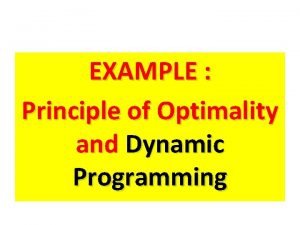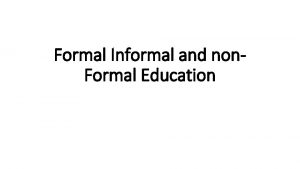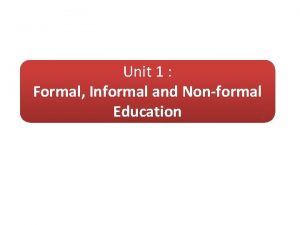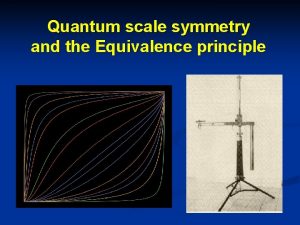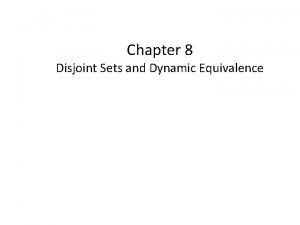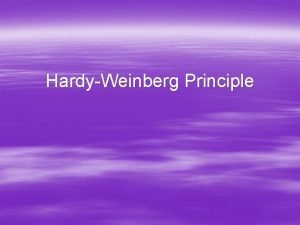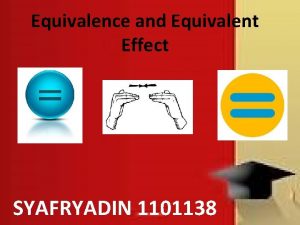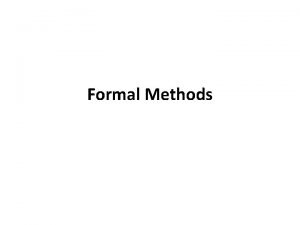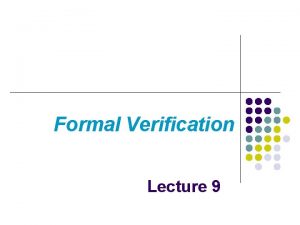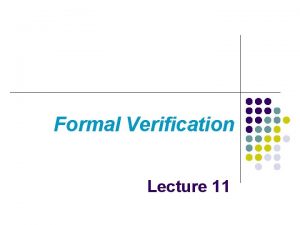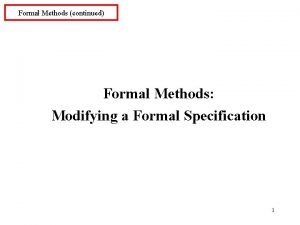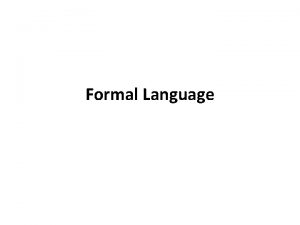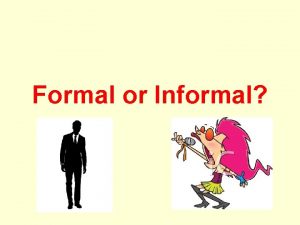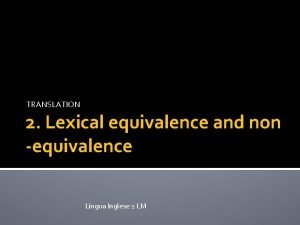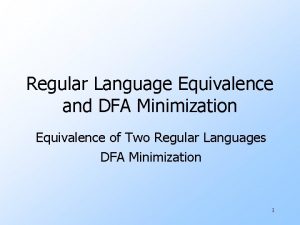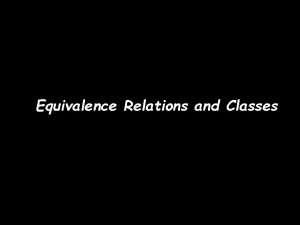Formal and Dynamic Equivalence and the principle of






















- Slides: 22

Formal and Dynamic Equivalence and the principle of equivalent effect Based on Eugene Nida’s Theory

Introduction �In Toward a Science of Translating Eugene Nida discards using terms such as “literal”, “free” and “faithful” in favor of “two basic orientations” or “types of equivalence”. �These two types are: 1. 2. Formal equivalence Dynamic equivalence

Formal equivalence " Formal equivalence focuses attention on the message itself, in both form and content In such a translation one is concerned with such correspondences as poetry to poetry, sentence to sentence, and concept to concept. Viewed from this formal orientation, one is concerned that the message in the receptor language should match as closely as possible the different elements in the source language. " Nida (1964: 159)

What does this mean? Formal equivalence arises if the translator gives preference to the SL text, text reflecting both its content and form as truly as possible. This includes: 1/ grammatical units 2/ the use of words 3/ the sense of terms.

To achieve the most faithful translation of grammatical units, the translator will translate: 1/ a noun into a noun and a verb into a verb 2/ does not change sentence boundaries 3/ does not change paragraphs or the punctuation, etc.

�Formal equivalence is oriented towards the ST structure: “This means, for example, that the message in the receptor culture is constantly compared with the message in the source culture to determine the standards of accuracy and correctness” correctness (Nida: 1964, p. 159).

We can conclude that: �Formal equivalence is thus the "quality of a translation in which the features of the form of the source text have been mechanically reproduced in the receptor language: (Nida & Taber, 1969, p. 201). �a general tendency towards formal equivalence is characterized by, for example, a concern for accuracy (1964, p. 159) and a preference for retaining the original wording wherever possible.

Continued �Nida calls this translation a ‘gloss translation’, which aims to allow the reader to understand as much of the SL context as possible (ibid: 159). �In formal equivalence, the translator also attempts to reproduce as literally and meaningfully as possible the form and content of the original.

�Formal equivalence is a valuable type of translation of certain texts for a given circle of receivers. �For example, it is used in academic environment to gain close access to the language and culture of the source culture.

Dynamic Equivalence Defenition: “the closest natural equivalent to the source-language message” This definition contains three essential terms: (1) equivalent, equivalent which points towards the source language message (2) natural, natural which points towards the receptor language (3) closest, closest which binds the two orientations together on the basis of the highest degree of approximation

We can conclude that: �Dynamic equivalence aims at complete naturalness of expression. �This requires adaptation of : 1. Grammar 2. Lexicon 3. Cultural references �“Correspondence in meaning must have priority over correspondence in style” if equivalent effect is to be achieved

�Dynamic equivalence is the quality which characterizes a translation in which "the message of the original text has been so transposed into the receptor language that the response of the receptor is essentially like that of the original receptors" (Nida & Taber, 1969, p. 200). This means: �The relationship between TL receiver and TL message should aim at being the same as that between the original receivers and the SL message. (ibid: 159)



Note: �Sometimes formal and dynamic equivalence may coincide to form the optimal translatability Examples: �Birds of feather flock together . ﺍﻟﻄﻴﻮﺭ ﻋﻠﻰ ﺃﺸﻜﺎﻟﻬﺎ ﺗﻘﻊ �Out of sight, out of mind. . ﺑﻌﻴﺪ ﻋﻦ ﺍﻟﺬﻫﻦ ، ﺑﻌﻴﺪ ﻋﻦ ﺍﻟﻌﻴﻦ

Discussion of the importance of Nida’s work: He pointed the road away from strict word-for-word equivalence. 2. He introduced a receptor- based orientation to translation theory. 3. Nida’s detailed description of real translation phenomena and situations is an important rejoinder to the vague writings on translation that had preceded it 4. He influenced later scholars. However some scholars criticized him. 1.

Criticism: 1. Lefever (1993: 7): equivalence is still overly concerned with the word level 2. Broeck and Larose: consider equivalence effect to be impossible: impossible �How is the effect to be measured and on whom? �How can a text possibly have the same effect and elicit the same response in two different cultures and times? 3. The criticism that Nida’s work is subjective raises the question of whether Nida’s theory of translation really is ‘scientific’.

The debate continued till the 1990 s: �Qian Hu: the equivalence effect is implausible when meaning is bound up in form. eg. Literary works �The closest natural meaning might be in contradictory relation with dynamic equivalence. �Nida is aware of what he terms “ the artistic sensitivity which is an indispensible ingredient in any first-rate translation of a literary work”

The fiercest critic: �Edwin Gentzler: Contemporary Translation Theory (1993) contains a chapter about ‘the science of translation’. �Gentzler, working from within a deconstructionist perspective , criticizes Nida’s work for its theological and proselytizing standpoint since, in Gentzler’s view, dynamic equivalence serves the purpose of converting the receptors, no matter what their culture, to the dominant discourse and ideas of Protestant Christianity.



 Dynamic equivalence vs formal equivalence
Dynamic equivalence vs formal equivalence Roman jakobson equivalence
Roman jakobson equivalence Enantiotopic vs diastereotopic
Enantiotopic vs diastereotopic Formal correspondence and textual equivalence
Formal correspondence and textual equivalence Example of formal equivalence
Example of formal equivalence Dynamic equivalence
Dynamic equivalence Translation equivalence
Translation equivalence Disjoint set adt
Disjoint set adt Berman 12 deforming tendencies
Berman 12 deforming tendencies Relativity
Relativity Principle of equivalence
Principle of equivalence Genomic equivalence
Genomic equivalence Equivalence principle
Equivalence principle Field equivalence principle
Field equivalence principle Einstein equivalence principle
Einstein equivalence principle Field equivalence principle
Field equivalence principle Reuse/release equivalence principle
Reuse/release equivalence principle Transferered
Transferered Principle of optimality
Principle of optimality Non formal education meaning
Non formal education meaning Unit 1 formal informal and non formal education
Unit 1 formal informal and non formal education Formal and non formal education venn diagram
Formal and non formal education venn diagram Hát kết hợp bộ gõ cơ thể
Hát kết hợp bộ gõ cơ thể
